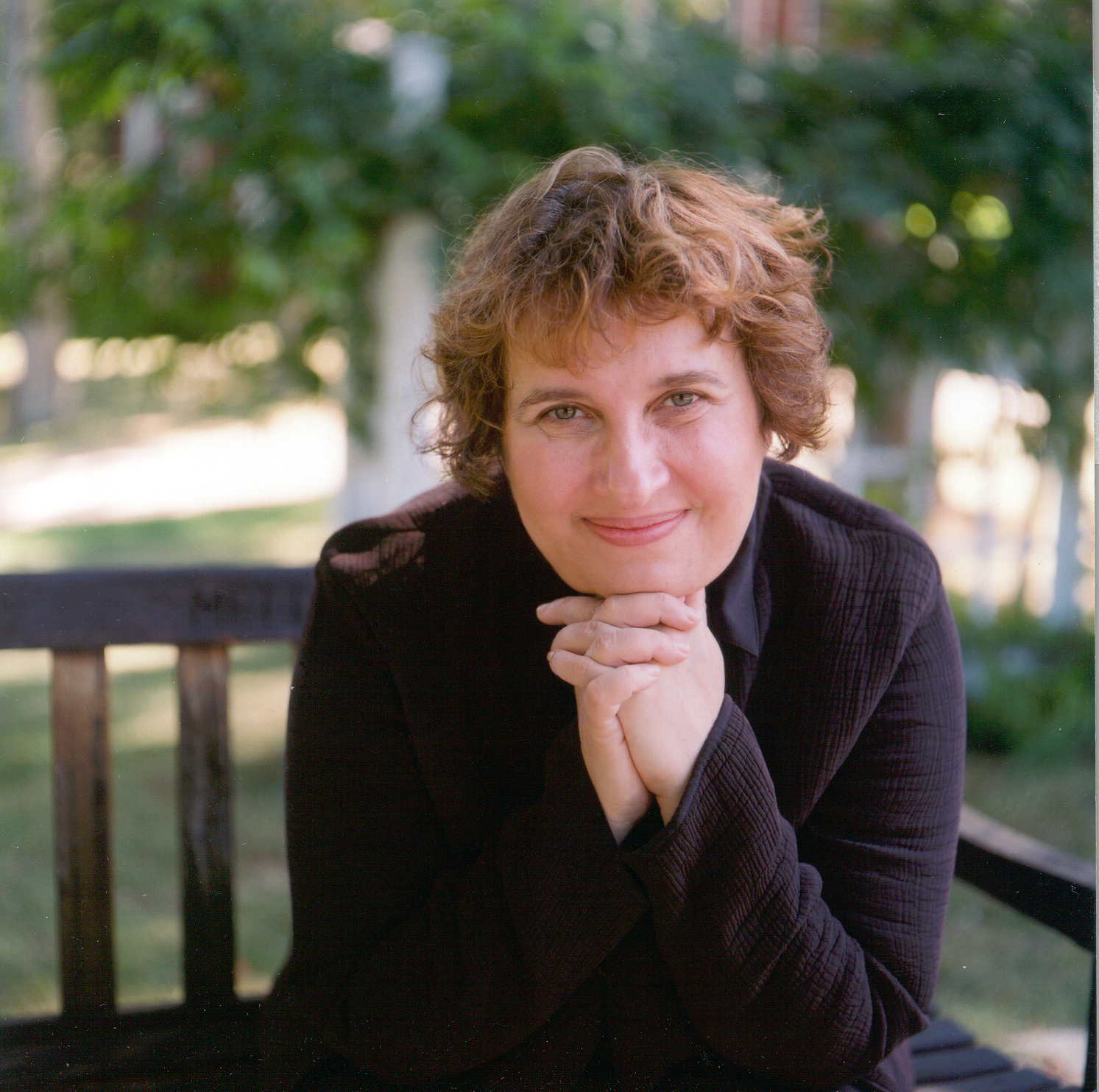When I was nine, my mother died, so during a chunk of my chaotic childhood, I lived with my paternal grandparents— immigrants from Poland, observant Jews. Most of the practices of the household, like not turning on the lights on Saturday, the Sabbath, I simply followed with little interest or curiosity about any possible deeper meaning. Following along suited my general sense of numbness anyway. The Passover Seder, however, was a big exception.
I didn’t have a tremendous understanding of the layers of the Seder’s symbolism or values—but I felt a lot. I felt a stirring of joy at the coming together of family (even if my family didn’t look like the conventional picture I had in my head from TV), the tribal recognition of collective suffering (which painted a picture of a life I could actually feel I belonged within), the idea that life could be different, could be better, and that no matter how hard things were, you could imagine you were on your way to that better life.
I’d like to consider the Seder apart from religious identity, apart from leaning into the geopolitical realities of Israel, the Palestinian people, or Egyptians. I didn’t know any of that as a frightened child, and even as an adult, if I am marking the Passover Seder in some way, it’s my own way, with a consideration of all beings everywhere who are suffering, who seek a better life. The liturgical text, the Haggadah, that I’ve used for years is a Jewish Buddhist Haggadah, where quotations from Padmasambhava, who brought Buddhism from India to Tibet, and from the Buddha himself are laced throughout the depictions of the essential journey from bondage to liberation.
In Hebrew, the word conventionally translated as Egypt in the Haggadah is called mitzrayim. The name is derived from m’tzarim, meaning “narrow straits” (mi, “from”; tzar, “narrow” or “tight”): a place of constriction, tightness, limitation, or narrow-mindedness. Each of us lives, at least at times, in our own mitzrayim, the narrow straits of seeing few options, or being defined by someone else who has more power than we do in a situation, or feeling so unseen that we absorb someone’s projection so thoroughly we come perilously close to forgetting who we are.
Perhaps we’ve been engulfed by a personal tragedy or health crisis, so that taking that first tentative step out of overwhelm toward an uncertain but beckoning future seems untenable. Or our actions are so determined by what we have been taught to believe in contrast to what we can newly discover that our ability to know wonder or awe seems completely beside the point.
Our personal Exodus is journeying out from an opaque world— where it’s difficult to breathe, where change, the ever-present rhythm of life, is all too muffled, where the tight bindings around our hearts keep them from generously nourishing our bodies, our feelings, our entire existence—to a wholly different kind of world.
We journey from fixity to freedom.
CONTRACTION
Contraction or constriction isn’t the same as focusing, being one-pointed, being centered, or being contained. We can be specific, determined, intentional, without being constricted.
Think of the last time you were lost in fear. The last time you were harshly unforgiving of yourself.The last time you felt trapped. The last time a craving was so strong that all reason and common sense fled (remember, for example, those old infatuations). The last time any sense of potential change collapsed and you fell into hopelessness. Those are times we experience limited options, the blunting of our creativity, a feeling of disconnection, the dimming of our vision of what is possible.
Judson Brewer, author of Unwinding Anxiety, once said to me, “My personal practice comes together with my lab’s research in exploring the experience of contraction versus expansion and how that manifests in the world in so many ways.”
Jud—who is a psychiatrist, neuroscientist, and director of research and innovation at the Mindfulness Center at Brown University—began by telling me about a dynamic web of interconnection in the brain called the default mode network. The posterior cingulate cortex (PCC)—the hub of self-referential habits—is a key part of this network. In his research, he found that “when people were feeling guilty, they activated the PCC. When they were craving a bunch of different substances, they activated it. When they were ruminating, they activated it. When they were anxious, they activated it.”
What Jud and his team found was that the PCC correlated with a feeling of contraction: “The experience of anxiety, of guilt, of craving, of rumination—all of these—share literally an experiential component of contraction. We contract, and we close down.”
None of this is to say that contraction is bad or wrong to feel. But if it becomes chronic, we begin living more and more in a world of tunnel vision, of auditory exclusion, of distorted perception, of narrowed interests, of joy that is right here in front of us that we miss simply because we don’t see it. Our perception of options, of possibility, of aliveness, fades.
We suffer.
Learning to be aware of these narrow straits and changing how we respond to them is crucial. “If we read the news and read something that pisses us off, it is that reaction of contraction that feels bad,” Jud explained. “So we may have this urge to make our- selves feel better by firing off a tweet, writing an email, eating a cupcake. This perpetuates the entire process. If we’re not aware of our habitual responses, we not only may make things worse for ourselves, but also for society.”
What we are working to evolve is an inner environment where we can surround that state of constriction, of holding back from the flow of life, with spaciousness, ease of heart, and kindness. Cultivating that radically changed relationship is the essence of the journey to being free.



